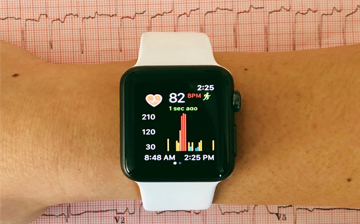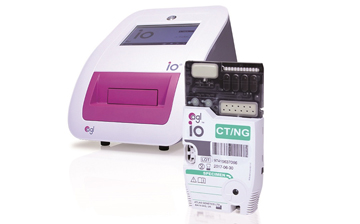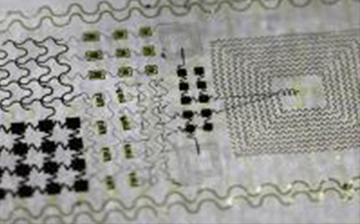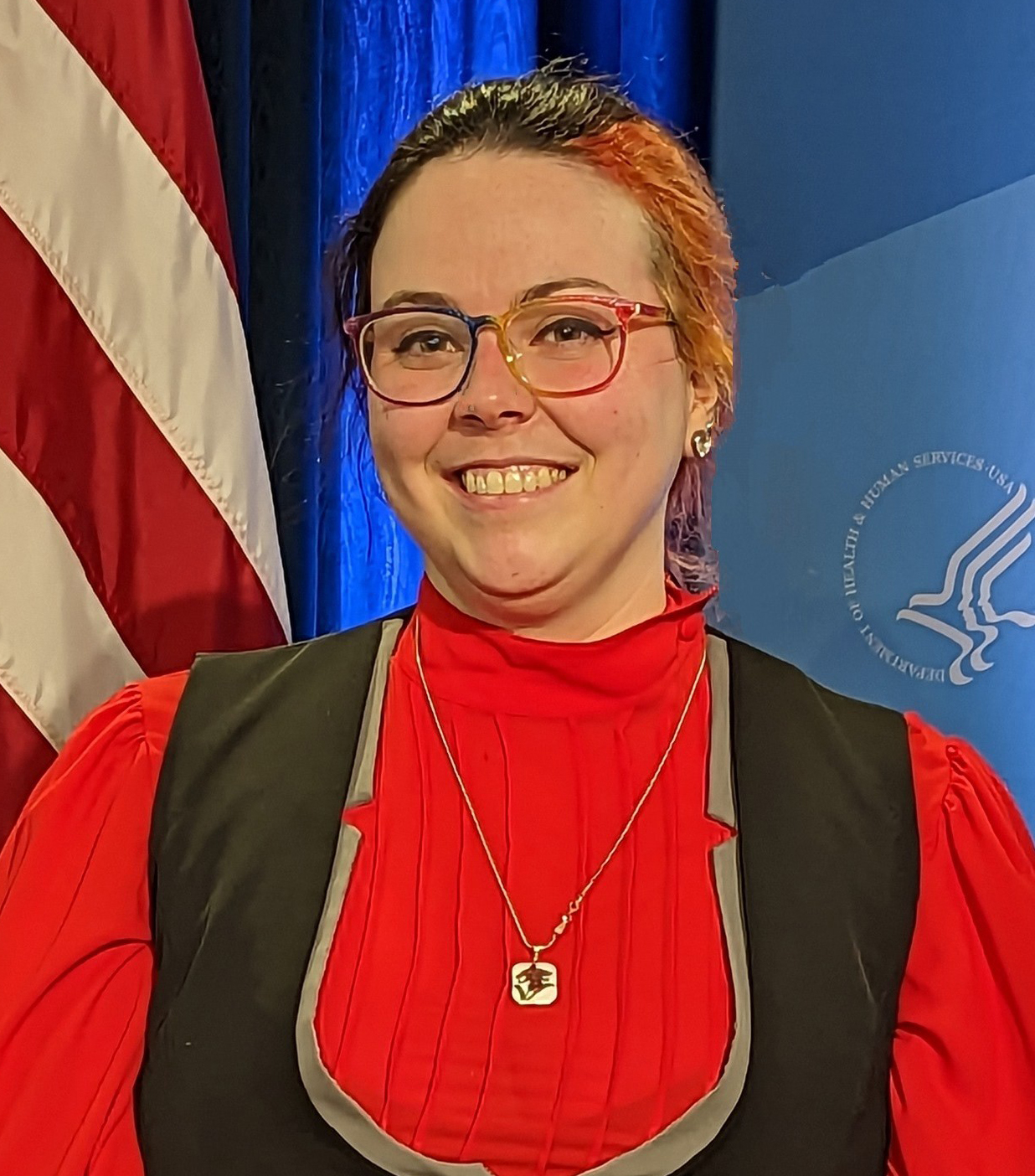The focus of the division is to support development of science and technology for processing and evaluating complex biomedical information in order to develop solutions to real-world healthcare problems. This research builds toward practical, patient-centered applications such as:
- clinical decision-making support systems
- in-home treatment monitoring
- medical image improvement through advanced methodologies
- next-generation intelligent image and data analysis tools
- mobile health.

Program Areas
Behrouz Shabestari, Ph.D.
Rui Carlos Pereira de Sá, Ph.D.
Collaborations
- Neuroimaging Informatics Tools and Resource Clearinghouse (NITRC) – NIBIB staff lead a trans-NIH team that manages a clearinghouse for tools and resources used by neuroimaging informatics researchers and tool developers. In addition, NITRC helps create and support a community of neuroimaging informatics researchers. http://www.nitrc.org/. For more information, contact Andrew Weitz (Andrew.weitz@nih.gov).
- Nanomaterials Registry – The Nanomaterial Registry is a publicly available resource for nanomaterials community, and is part of a newly announced signature initiative from the National Nanotechnology Initiative (NNI): Nanotechnology Knowledge Infrastructure - Enabling National Leadership in Sustainable Design http://www.nano.gov/node/819. The goal of this curated nanomaterial registry is to provide consistent information on the biological and environmental interactions of well-characterized nanomaterials, as well as links to associated publications, modeling tools, computational results and manufacturing guidelines. (http://www.nanomaterialregistry.org).
- NIBIB Point-of-Care Technologies Research Network (POCTRN) – This network of centers was created to drive the development of appropriate point-of-care diagnostic technologies through collaborative efforts that simultaneously merge scientific and technological capabilities with clinical need. http://www.nibib.nih.gov/Research/POCTRN. For more information, contact Tiffani Lash (baileyti@mail.nih.gov).
- Smart and Connected Health Program – This is an interagency collaboration which supports the development and use of innovative approaches for transforming healthcare from reactive and hospital-centric to preventive, proactive and person-centered and focused on well-being rather than disease. For more information, contact Tiffani Lash (baileyti@mail.nih.gov).
- RadLex Ontology – This is a project developed by the Radiological Society of North America (RSNA) through NIBIB funding for establishing a controlled terminology for radiology and serves as a single unified source of radiology terms for radiology practice, education, and research. When complete, the RadLex Ontology will be capable of describing all the salient aspects of an imaging examination, including modality, technique, visual features, anatomy, findings, and pathology.
Division Staff
Behrouz Shabestari

Related News
NIBIB in the News ·
If there were an unofficial theme of SIR 2024, it might be artificial intelligence—what it is, when to use it and where it might go next. From dedicated sessions to keynote lectures, the possibility of AI and robotics in interventional radiology was a frequent discussion. According to Bruce J. Tromberg, AI is changing the way physicians practice medicine. Source: SIRToday
NIBIB in the News ·
Many companies are now developing isothermal genetic tests that can diagnose a wide array of respiratory diseases, sexually transmitted infections and more. These products aim to provide precise and prompt diagnostic information, enabling people to quickly seek appropriate medical treatment. Source: Nature
NIBIB in the News ·
UMass Chan Medical School researchers have documented a phenomenon that had confounded clinicians: Some people persistently test positive for SARS-CoV-2, the virus that causes COVID-19, on rapid home antigen tests despite obtaining concurrent negative PCR tests. Source: Medical Xpress
NIBIB in the News ·
Researchers have developed a new catheter-based device that combines two powerful optical techniques to image the dangerous plaques that can build up inside the arteries that supply blood to the heart. By providing new details about plaque, the device could help clinicians and researchers improve treatments for preventing heart attacks and strokes.
Source: Optica Publishing Group
Science Highlights ·
NIH announced finalists in its competition to accelerate development of diagnostic and monitoring technologies to improve fetal health outcomes in low-resource settings.











